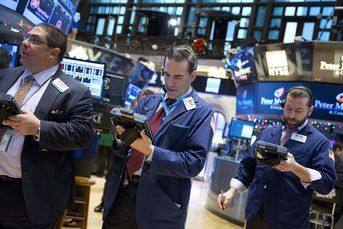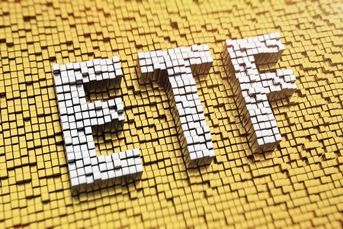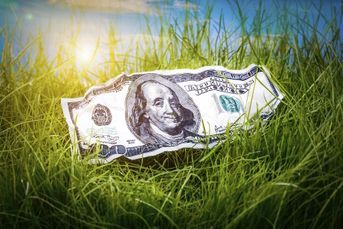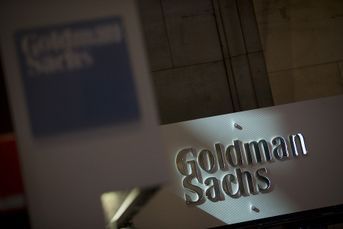Goldman Sachs faces stiff competition as it breaks into hot ETF market
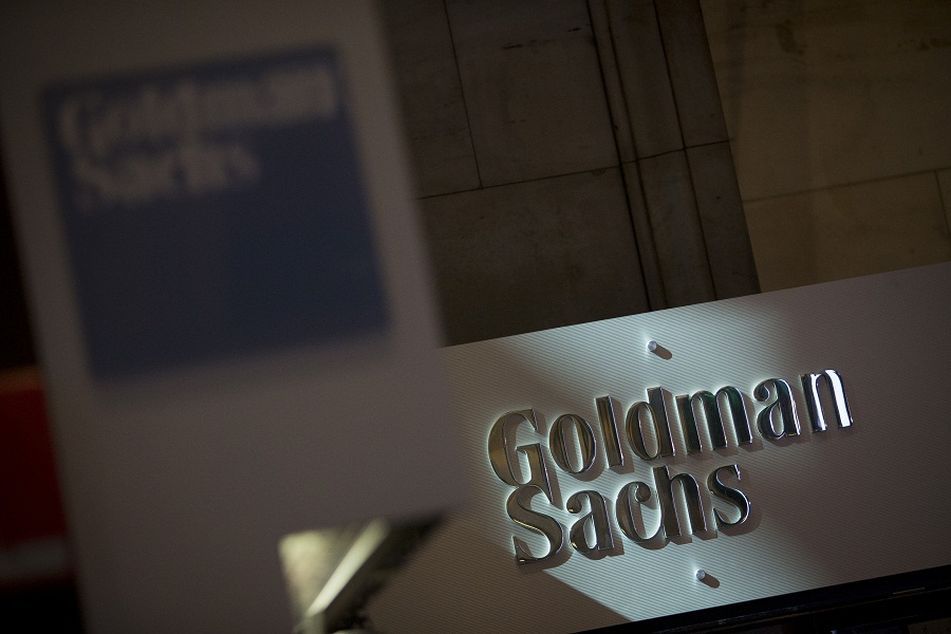
With the $3 trillion in exchange-traded funds worldwide expected to double by 2020, the powerful bank is preparing to launch its first line of them.
With the $3 trillion in exchange-traded funds worldwide expected to double by 2020, Goldman Sachs is preparing to launch its first line of ETFs.
The powerful bank may find breaking into the ultra-competitive U.S. ETF industry a long, tough slog.
Goldman shouldn’t be underestimated, and it has accumulated $239 billion in U.S. mutual fund assets. But with mutual funds, brokers may be compensated for selling certain funds, deals can be struck that guarantee a fund family’s offerings will be among those offered to investors, and 401(k) plans provide a steady stream of money from retail investors.
The ETF world is leaner and meaner. It’s less like a country club and more like a jungle ruled by survival of the cheapest. Big-name issuers fight tooth and nail over every investor dollar, and with fees far lower than on actively managed mutual funds, there’s a lot less to go around.
(More: Goldman Sachs goes low cost in bid to attract investors to ETFs)
Mutual funds generate about $80 billion in revenue each year, based on approximately $16 trillion in assets and an asset-weighted average expense ratio of about 0.50%. ETFs produce about $6 billion a year in revenue for U.S. issuers, based on $2.1 trillion in assets and an asset-weighted average expense ratio of 0.30%. Moreover, 81% of that $2.1 trillion goes to just three well-established ETF issuers: BlackRock, Vanguard Group, and State Street. Investors and traders tend to rely on products from the Big Three because they’re generally cheap and have proven, liquid markets.
That means there’s only about $1 billion in revenue to go around for the other 57 issuers of U.S. ETFs.
https://s32566.pcdn.co/wp-content/uploads/assets/graphics src=”/wp-content/uploads2015/09/CI101480917.JPG”
Investors have come to expect their ETFs to be dirt cheap and widely traded. While an issuer can control costs, it can’t just create liquidity. The marketplace decides whether it wants a new product, and that can take a long time, a hurdle that’s increasingly difficult for a new ETF to overcome. This is a world where the top 100 most-traded ETFs generate about 90% of the volume and the other 1,600 fight for the remaining 10%.
Such a brutal environment explains how a behemoth such as JPMorgan Chase can have fewer than $200 million in assets after nearly a year in the ETF market and Franklin Templeton about that same amount after nearly three years.
For new ETF issuers, the only hope for survival is to provide some kind of unique value, killer performance, or access to an asset class or strategy for the first time. Good timing helps, too. The PureFunds ISE Cyber Security ETF (HACK), issued by a one-person firm, has raked in more than $1 billion, five times more than all of JPMorgan’s ETFs combined. HACK offered something valuable and different and came out about two weeks before the famous Sony hack.
(More: Smart-beta upstart goes after the big boys wielding lower fees as a weapon)
Goldman hopes to break into the ETF world with “smart beta” products that Michael Crinieri, Goldman Sachs Asset Management’s global head of ETF strategies, says provide the “low-cost, high-quality market exposure” its clients want. The ETFs aim to outperform the market by adding a twist to a traditional market-cap-weighted index.
It’s a hot area. Assets in smart-beta ETFs have doubled in two years, to about $420 billion. That’s the good news. The bad news: More than 400 ETFs employ such strategies, and many of them have a big head start.
While some of Goldman’s lineup has expense ratios below the average asset-weighted 0.30% average for smart-beta ETFs, others carry higher-than-average expenses. Here are the new products and their fees:
• Goldman Sachs ActiveBeta Emerging Markets Equity ETF (GEM), 0.45%
• Goldman Sachs ActiveBeta Europe Equity ETF (GSEU), 0.35%
• Goldman Sachs ActiveBeta International Equity ETF (GSIE), 0.35%
• Goldman Sachs ActiveBeta Japan Equity ETF (GSJY), 0.35%
• Goldman Sachs ActiveBeta U.S. Large Cap Equity ETF (GSLC), 0.09%
• Goldman Sachs ActiveBeta U.S. Small Cap Equity ETF (GSSC), 0.25%
If breaking into the ETF world is so hard, why is Goldman bothering at this late date? The chart below shows why, in graphing the slow extinction of actively managed stock mutual funds. While index mutual funds are also growing, they aren’t growing as fast as ETFs.
https://s32566.pcdn.co/wp-content/uploads/assets/graphics src=”/wp-content/uploads2015/09/CI101481917.JPG”
This brings us to the dilemma facing the world’s largest asset managers that have yet to jump into the ETF game. Do you ride the mutual fund gravy train for a while until it dries up? Or begin shifting over to the new, passively managed ETF world — and risk cannibalizing yourself to survive for the next 50 years?
Goldman has decided to bite the bullet. You have to give it credit for jumping in. It won’t be easy.
Eric Balchunas is a senior exchange-traded-fund analyst at Bloomberg.
Learn more about reprints and licensing for this article.


